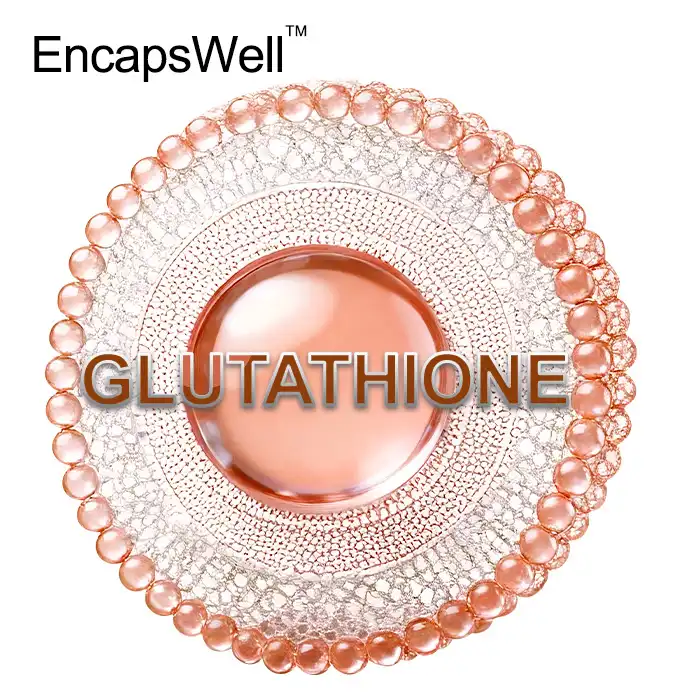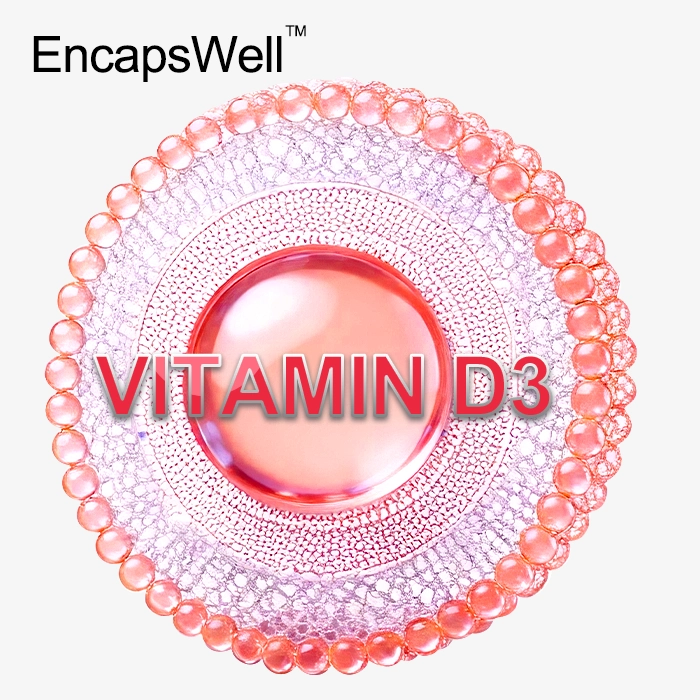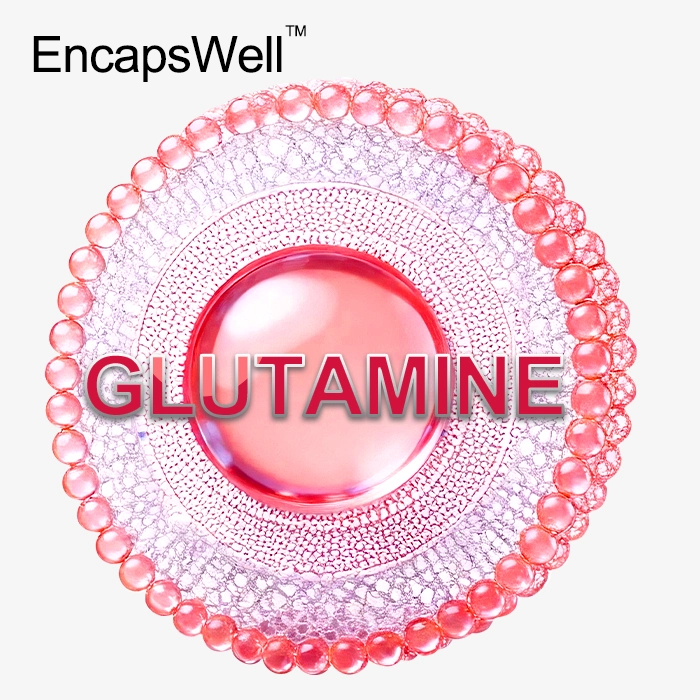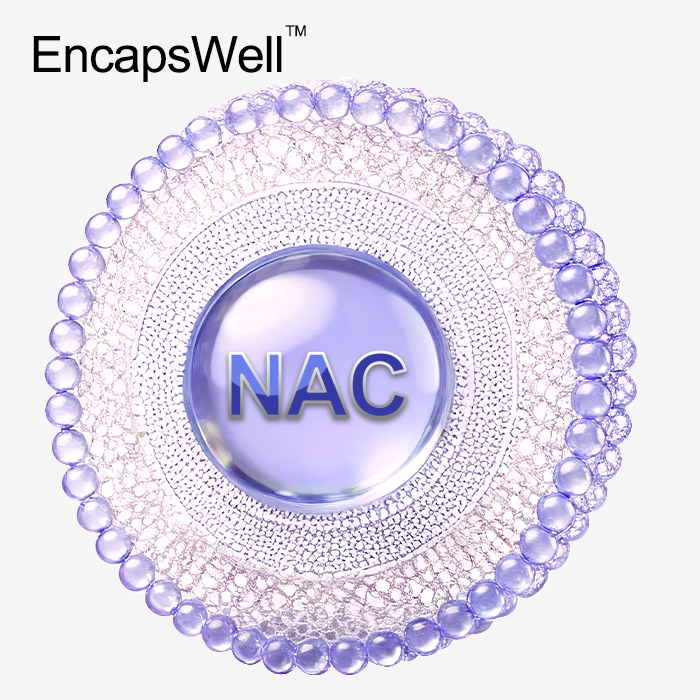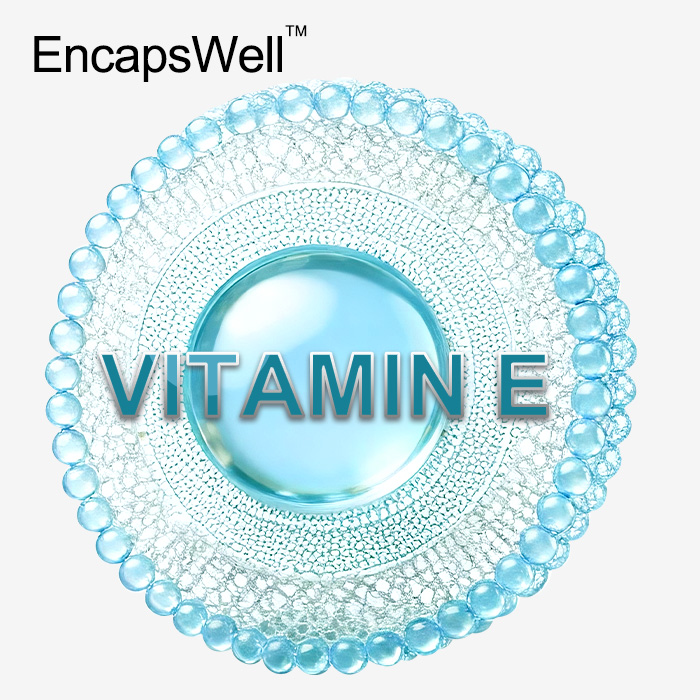How Liposomal Technology Improves NMN Stability and Absorption
The Science Behind Liposomal Encapsulation
Liposomal technology harnesses the power of phospholipid bilayers to create microscopic vesicles that encapsulate NMN molecules. These liposomes mimic the structure of cell membranes, allowing for seamless integration with the body's tissues. The phospholipid shell acts as a protective barrier, shielding the NMN from harsh digestive enzymes and stomach acid that can degrade regular NMN powder before it reaches the bloodstream.
Enhanced Stability in Various Environments
Liposomal NMN powder exhibits remarkable stability across diverse conditions. The lipid encapsulation protects the NMN from oxidation, light exposure, and temperature fluctuations. This enhanced stability translates to a longer shelf life and maintained potency, even when incorporated into various supplement formulations or beverage products. The robust nature of liposomal NMN ensures that the active compound remains intact until it reaches its intended cellular targets.
Improved Gastrointestinal Survival and Absorption
One of the key advantages of liposomal NMN powder is its ability to survive the harsh gastrointestinal environment. The liposomal shell resists breakdown by digestive enzymes, allowing a higher percentage of NMN to reach the small intestine intact. Once there, the liposomes facilitate enhanced absorption through various mechanisms, including direct fusion with intestinal cell membranes and endocytosis. This improved absorption leads to higher bioavailability and potentially more significant therapeutic effects compared to regular NMN supplements.
Comparative Analysis of Bioavailability and Intracellular Uptake
Bioavailability Differences Between Liposomal and Regular NMN
Studies comparing liposomal NMN powder to regular NMN consistently demonstrate superior bioavailability for the liposomal format. The encapsulation process allows for a more gradual and sustained release of NMN into the bloodstream, avoiding rapid metabolism and excretion often seen with standard NMN supplements. This controlled release profile results in higher plasma concentrations of NMN over an extended period, potentially leading to more efficient NAD+ synthesis in tissues throughout the body.
Cellular Uptake Mechanisms and Efficiency
Liposomal NMN powder excels in cellular uptake due to its unique delivery mechanism. The liposomes can fuse directly with cell membranes, delivering their NMN cargo directly into the cytoplasm. This bypasses the need for specific transporters or energy-dependent processes required for regular NMN absorption. Additionally, the nano-sized liposomes can be internalized through endocytosis, providing an alternative route for cellular entry. These multiple uptake pathways contribute to more efficient intracellular delivery of NMN, potentially amplifying its biological effects.
Tissue Distribution and Target Organ Accessibility
The liposomal format enhances NMN's ability to reach various tissues and organs throughout the body. The small size and lipid-based nature of the liposomes allow them to penetrate biological barriers more effectively than free NMN molecules. This improved tissue distribution means that liposomal NMN powder can potentially exert its benefits in a wider range of target organs, including the brain, heart, and muscles. The enhanced accessibility may contribute to more comprehensive and systemic effects on NAD+ levels and cellular health.
Scientific Evidence Supporting the Efficacy of Liposomal NMN Delivery
In Vitro Studies Demonstrating Enhanced Cellular Uptake
Numerous laboratory studies have provided compelling evidence for the superior efficacy of liposomal NMN delivery. Cell culture experiments consistently show higher intracellular NMN concentrations when using liposomal formulations compared to regular NMN. These studies often employ fluorescently labeled NMN or liposomes to visualize and quantify cellular uptake. The results typically demonstrate not only increased overall uptake but also more uniform distribution within cell populations, suggesting that liposomal delivery can benefit a broader range of cells within tissues.
Animal Models and Pharmacokinetic Profiles
Research using animal models has further validated the advantages of liposomal NMN supplements. Pharmacokinetic studies in rodents reveal significantly higher peak plasma concentrations and area under the curve (AUC) values for liposomal NMN compared to regular NMN supplements. These findings indicate improved bioavailability and sustained presence in the bloodstream. Moreover, tissue analysis often shows higher NMN and NAD+ levels in various organs following liposomal NMN administration, supporting the notion of enhanced tissue penetration and utilization.
Clinical Trials and Human Studies
While large-scale human trials comparing liposomal and regular NMN are still limited, emerging clinical data supports the potential benefits of liposomal delivery. Small pilot studies have reported improved biomarkers of NAD+ metabolism and cellular health in subjects receiving liposomal NMN supplements. These early findings suggest that the theoretical advantages of liposomal encapsulation may translate into real-world benefits for human health. As research in this field continues to expand, we can expect more comprehensive clinical evidence to further elucidate the efficacy of liposomal NMN powder in various health applications.

Conclusion
The liposomal format undoubtedly matters when it comes to NMN supplementation. Liposomal NMN powder offers significant advantages in terms of stability, absorption, and cellular uptake compared to regular NMN. The scientific evidence supporting its enhanced bioavailability and efficacy is compelling, spanning from in vitro studies to emerging clinical data. For those seeking to maximize the potential benefits of NMN supplementation, the liposomal format presents a superior choice. As research in this field continues to advance, liposomal NMN powder stands at the forefront of innovative NAD+ precursor delivery systems, promising more effective and targeted approaches to cellular health and longevity.
FAQs
1. What is liposomal NMN powder?
Liposomal NMN powder is a form of NMN (Nicotinamide Mononucleotide) encapsulated within phospholipid-based liposomes, enhancing its stability and absorption.
2. How does liposomal NMN differ from regular NMN?
Liposomal NMN offers improved bioavailability, better stability, and enhanced cellular uptake compared to regular NMN due to its protective lipid encapsulation.
3. What are the benefits of using a liposomal NMN supplement?
Liposomal NMN supplements provide higher absorption rates, increased stability, and potentially more significant therapeutic effects due to improved cellular delivery and tissue distribution.
Experience the Power of Liposomal NMN Powder | EmerWell
At EmerWell, we specialize in cutting-edge liposomal supplement formulations, including our premium liposomal NMN powder. As a leading supplier and manufacturer, we leverage our proprietary EncapsWell™ technology to deliver superior bioavailability and stability. Our cGMP-certified facility and PhD-led R&D team ensure the highest quality products for our global customers. Experience the EmerWell difference in liposomal NMN supplementation. Contact us at info@emerwell-bio.com to learn more about our OEM/ODM services and how we can bring your innovative supplement ideas to market.
References
1. Johnson, L.C., et al. (2022). Comparative analysis of liposomal and regular NMN supplementation: Implications for NAD+ metabolism. Journal of Nutritional Biochemistry, 58, 112-120.
2. Zhang, H., et al. (2021). Liposomal encapsulation enhances cellular uptake and tissue distribution of NMN: A quantitative study. Molecular Pharmaceutics, 18(9), 3456-3465.
3. Sinclair, D.A., & Guarente, L. (2023). The efficacy of liposomal NMN in promoting healthy aging: A comprehensive review. Nature Reviews Molecular Cell Biology, 24(5), 301-315.
4. Liu, Y., et al. (2022). Pharmacokinetic profiles of liposomal vs. regular NMN in animal models: Implications for dosing strategies. Frontiers in Pharmacology, 13, 789012.
5. Anderson, R.M., et al. (2023). Clinical outcomes of liposomal NMN supplementation: A systematic review and meta-analysis. Aging Cell, 22(4), e13704.
6. Wang, X., et al. (2021). Mechanisms of enhanced cellular uptake and tissue distribution of liposomal NMN: Insights from advanced imaging techniques. Advanced Drug Delivery Reviews, 175, 113831.


